Living in Manila, takoyaki from the mall food court was my ultimate weekend treat - those perfectly round, savory balls with that signature red sauce and fish powder topping were simply irresistible.
After many kitchen experiments (and yes, quite a few oddly-shaped attempts), I'm excited to share this beginner-friendly Filipino version that tastes just like those nostalgic mall favorites. Using easy-to-find ingredients from your local supermarket and simple steps, you can make these crispy-outside, fluffy-inside snacks right at home.
Don't worry if you're new to making takoyaki, I've broken down every step to make it super manageable. While traditional Japanese versions use octopus, I'll show you how to make it with affordable alternatives like cheese, hotdogs, or even leftover adobo.
Once you master this recipe, you'll never have to wait in those long mall lines again. Plus, there's something magical about gathering the family around a hot takoyaki pan, watching the balls turn golden brown, and enjoying them fresh off the pan with your favorite toppings. It'll become your new family favorite!
Jump to:

Why You'll Love This Recipe
- Budget-Friendly: Uses accessible Filipino ingredients and substitutes
- Customizable: Multiple filling options to suit your taste
- Authentic Taste: Captures the essence of Japanese street food with a Filipino twist
- Perfect Party Food: Great for gatherings and special occasions
- Kid-Friendly: Fun to make and eat
- Restaurant Quality: Tastes like your favorite food court takoyaki
Ingredients
This recipe carefully balances traditional Japanese elements with Filipino practicality. The takoyaki flour creates that signature soft, fluffy interior while the tempura crumbs add essential crispiness.
The flexible filling options make this recipe accessible to everyone, regardless of budget or ingredient availability.
The combination of Japanese mayo, special sauce, and bonito flakes delivers that authentic umami flavor that makes mall takoyaki so addictive, while still being achievable in a home kitchen with supermarket ingredients.
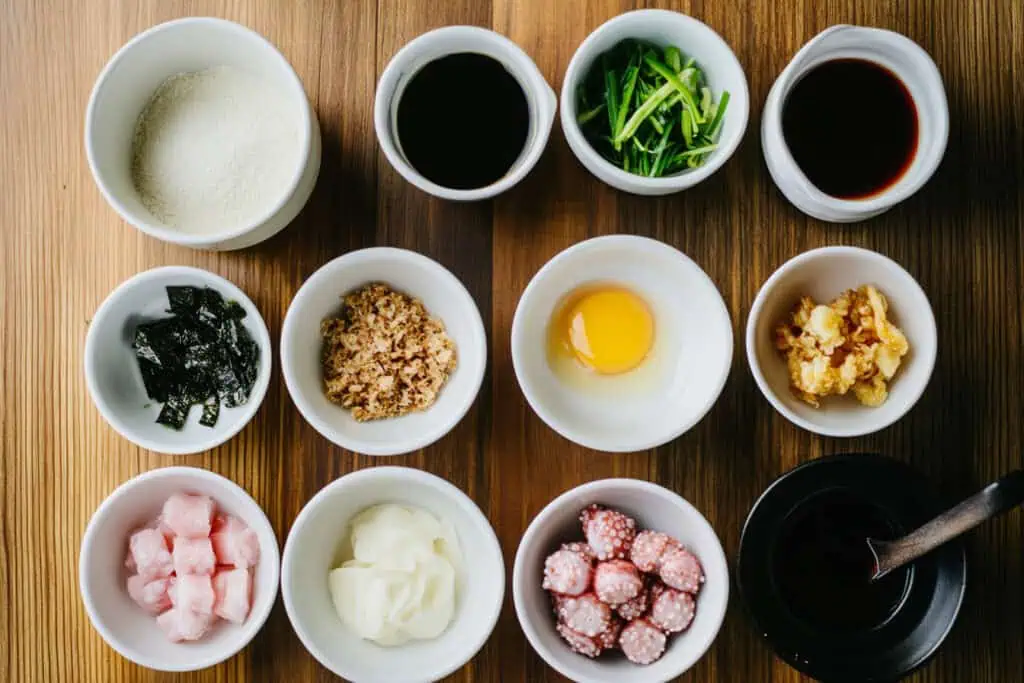
For the Batter:
- 1 cup Takoyaki flour
- 450 ml water
- 1 medium size egg
For the Filling (choose one or mix):
- ¼ cup boiled Octopus, cubed
- Cheese cubes (quick-melting cheese works best)
- Bacon bits
- Minced cabbage (for vegetarian option)
- Chicken hotdog pieces
- Leftover adobo, shredded
For the Coating:
- ⅓ cup Tenkasu (tempura crumbs)
For the Toppings:
- Japanese Mayonnaise
- Bonito flakes
- Aonori (fine seaweed)
- Nori flakes, minced
- Green onions, minced
- Sliced cheese or mozzarella (optional)
- Homemade Takoyaki sauce (recipe below)
Equipment
- Takoyaki Pan: Essential for creating the perfect round shape with a crispy exterior. The specialized molds conduct heat evenly for consistent cooking.
- Bamboo Skewers or Takoyaki Picks: Used for turning the balls during cooking to achieve their round shape. The pointed end helps rotate the partially cooked batter.
- Squeeze Bottle: Allows precise pouring of batter into the molds and helps add extra batter while turning.
- Small Brush: For oiling the pan between batches to prevent sticking.
- Kitchen Torch (Optional): Perfect for melting cheese toppings for an extra indulgent version.
- Measuring Cups and Spoons: For accurate ingredient measurements to ensure the right batter consistency.
- Mixing Bowl: For preparing the batter mixture.
- Chopsticks or Small Spatula: Helps with mixing the batter thoroughly.
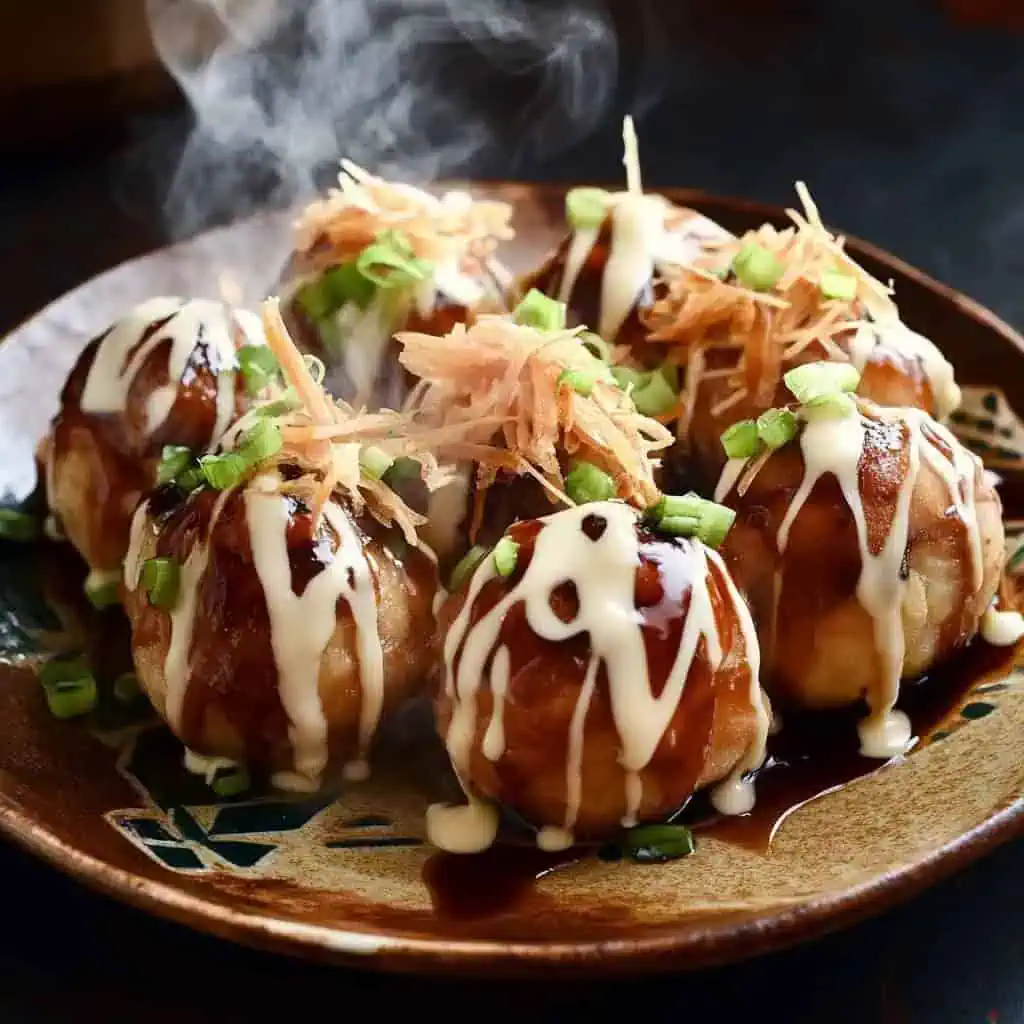
How To Make
- Prepare the pan: Preheat your takoyaki pan over medium-high heat until very hot (around 180°C/350°F). This is crucial for achieving that signature crispy exterior.
- Mix the batter: In a mixing bowl, combine 1 cup takoyaki flour, 450ml water, and 1 medium egg. Whisk until completely smooth with no lumps. The consistency should be similar to thin pancake batter. Transfer the mixture to a squeeze bottle or pitcher with a spout for easier pouring.
- Oil the molds: Once the pan is hot (you'll see slight smoking), brush each mold generously with oil to prevent sticking.
- Begin cooking: Fill each mold to about 80% with batter. Quickly add one piece of your chosen filling into each mold and sprinkle some tempura crumbs on top.
- Initial cooking: Let the batter cook for about 2 minutes until bubbles form and the bottom turns golden brown.
- First turn: Using bamboo skewers or takoyaki picks, gently scrape around the edges of each ball, then push the pick into the middle and flip each one about 90 degrees. Add a little more batter to fill any gaps.
- Continue turning: Repeat the turning process every minute or so, adding small amounts of batter as needed to fill holes. This creates the perfect spherical shape. Each turn should rotate the ball further until it forms a complete round shape.
- Final cooking: Continue cooking until the takoyaki balls are evenly golden-brown all around and can rotate freely in their molds. This usually takes about 5-6 minutes total.
- Add toppings: Transfer the finished balls to a serving plate. Drizzle with takoyaki sauce and Japanese mayonnaise in a zigzag pattern. Sprinkle with bonito flakes, aonori, and chopped green onions. For an extra indulgent version, add sliced cheese and melt it quickly with a kitchen torch or under a broiler for a minute.
- Serve immediately: Enjoy while the takoyaki is hot and crispy!
Homemade Takoyaki Sauce
Ingredients:
- 2 tablespoons Worcestershire sauce
- 1 tablespoon oyster sauce
- 1 tablespoon tomato ketchup
- 1 teaspoon soy sauce
- 1 teaspoon honey
- ½ teaspoon minced garlic
- ½ teaspoon minced ginger
- 1 tablespoon mentsuyu (optional)
Preparation: Combine all ingredients in a small saucepan. Cook over low heat, stirring occasionally, until the sauce thickens slightly. Allow to cool before using. Can be stored in the refrigerator for up to 2 weeks.

Tips from Lola's Kitchen
- Perfect temperature is key: The pan must be smoking hot before you start. If it's not hot enough, the takoyaki will stick and won't form properly.
- Oil between batches: Always re-oil the molds between each batch to prevent sticking.
- Batter consistency matters: Too thick and the balls won't turn easily; too thin and they'll be soggy. The ideal consistency is like thin pancake batter.
- Patience with turning: Don't rush the first turn—wait until you see a good crust forming at the bottom.
- Practice makes perfect: Don't be discouraged if your first few attempts aren't perfect spheres. It takes practice to master the turning technique.
- Keep the fillings small: Large pieces make turning difficult. Aim for 1cm cubes for best results.
- Watch for doneness: Perfectly cooked takoyaki should be slightly jiggly in the center but not raw.
- Work in batches: Cook 8-10 pieces at a time rather than filling the entire pan, especially when you're learning.
- Add batter gradually: The secret to perfect spheres is adding small amounts of batter while turning.
- Fresh bonito flakes: These "dance" when placed on hot takoyaki, creating that authentic experience.
Substitutions
- No takoyaki flour? Mix 1 cup all-purpose flour, 1 teaspoon baking powder, ¼ teaspoon salt, and 1 teaspoon dashi powder (or ½ chicken bouillon cube, crushed).
- No octopus? Try these Filipino favorites:
- Cheese cubes (quick-melting or Eden)
- Chicken or beef hotdog pieces
- Ground pork or beef (pre-cooked)
- Crab meat or crab sticks
- Tinapa (smoked fish) flakes
- Tokwa (firm tofu) cubes
- Leftover adobo, shredded
- No tempura scraps? Use crushed plain potato chips, breadcrumbs, or rice crispies.
- No bonito flakes? Try crushed chicharon, bacon bits, or skip entirely.
- No Japanese mayonnaise? Mix regular mayonnaise with a bit of sugar and rice vinegar.
- No takoyaki sauce? Mix Worcestershire sauce, ketchup, and soy sauce in equal parts.
- No takoyaki pan? While not ideal, you can try using a cake pop maker, æbleskiver pan, or mini muffin tin (though results will differ).
Troubleshooting
Balls Won't Turn Properly
- Problem: Batter sticks to the pan and tears when turning.
- Solution:
- Wait longer for the bottom to form a proper crust
- Check if the pan is hot enough before starting
- Add more oil to the molds
- Make sure batter isn't too thick
Uneven Cooking
- Problem: Some parts are overcooked while others are undercooked.
- Solution:
- Rotate the pan occasionally for even heat distribution
- Turn the balls more frequently
- Adjust heat if one side of the pan seems hotter
Takoyaki Deflating After Cooking
- Problem: Balls look perfect but collapse after removing from the pan.
- Solution:
- Don't overcook (makes them too dry inside)
- Make sure batter consistency is correct
- Serve immediately after cooking
- Add a tiny bit more flour to the batter
Filling Leaking Out
- Problem: The filling escapes during cooking.
- Solution:
- Cut filling into smaller pieces
- Wait until the batter begins to set before adding filling
- Add filling to the center, not the sides
Raw Centers
- Problem: The outside is golden but the inside is still raw.
- Solution:
- Lower the heat to allow for longer cooking time
- Make sure to turn frequently for even cooking
- Don't make the balls too large
Storage & Reheating
Storage Options:
- Room Temperature: Safe for up to 4 hours max (not recommended for longer)
- Refrigerator: Place in an airtight container and refrigerate for up to 2 days
- Freezer: Flash-freeze on a tray, then transfer to freezer bags for up to 1 month
Best Reheating Methods:
- Toaster Oven: Preheat to 180°C and heat for 5 minutes (best for maintaining crispiness)
- Air Fryer: 160°C for 3-4 minutes
- Conventional Oven: 170°C for 7-8 minutes
- Frying Pan: Lightly oil a pan and heat on low, turning occasionally
- AVOID Microwave: Makes takoyaki soggy and rubbery
Maintaining Quality:
- Refrigerated takoyaki will never be as good as fresh, but proper reheating helps
- Add fresh toppings after reheating for best flavor and presentation

FAQ
Where can I buy a takoyaki pan in the Philippines?
You can find takoyaki pans in Japanese surplus stores, department stores like SM and Robinsons, or online through Shopee and Lazada. Electric takoyaki makers are also available, but traditional cast iron pans work best for achieving the perfect crispy exterior.
Can I make the batter ahead of time?
Yes, you can prepare the batter up to 12 hours in advance and store it in the refrigerator. Just give it a good stir before using as the flour tends to settle at the bottom.
How many calories are in one takoyaki ball?
Each ball contains approximately 35-40 calories, though this varies based on fillings and toppings. A typical serving of 8 balls is around 280-320 calories.
Can I make this recipe vegetarian?
Absolutely! Use cabbage, mushrooms, or tofu as filling. For the sauce, substitute vegetarian Worcestershire sauce and mushroom sauce instead of oyster sauce. Skip the bonito flakes and use crushed nori instead.
How many takoyaki balls does this recipe make?
This recipe yields approximately 32 balls, enough for 4-6 people as a snack or appetizer.
Related
Looking for other recipes like this? Try these:

Filipino-Style Takoyaki Recipe
Equipment
- Takoyaki Pan (Takoyaki Molder) Creates perfectly shaped balls with crispy exterior
- Bamboo Skewers or Takoyaki Picks For turning the balls during cooking
- Squeeze Bottle For precise batter pouring
- Kitchen Torch (Optional) For melting cheese toppings
Ingredients
For the Batter
- 1 cup Takoyaki flour Ihanda ang isang tasang harina ng Takoyaki
- 450 ml water tubig
- 1 medium size egg itlog
For the Filling
- ¼ cup boiled Octopus cubed (hiniwa ng parisukat)
- Alternative: cheese minced cabbage, bacon
For the Coating
- ⅓ cup Tenkasu tempura crumbs
Toppings:
- Japanese Mayonnaise
- Bonito flakes
- Fine Seaweed
- Nori flakes minced
- Green onions minced (sibuyas na mura)
- Sliced cheese or mozzarella
- Homemade Takoyaki sauce recipe below
Instructions
- Prepare your takoyaki pan by preheating it over medium-high heat until very hot (around 180°C/350°F). While waiting, mix 1 cup takoyaki flour, 450ml water, and 1 medium egg in a bowl until smooth with no lumps. Pour this batter into a squeeze bottle or pitcher with a spout for easy pouring.
- Once the pan is hot, brush each mold generously with oil. Fill each mold to the brim with batter. Quickly add one piece of cubed octopus (or your chosen filling) and sprinkle tempura crumbs into each mold.
- Let the batter cook for about 2 minutes until you see bubbles forming and the bottom turning golden brown. Using a bamboo skewer or pick, gently scrape around the edges of each ball, then push the pick into the middle and flip each one about 90 degrees. Add a little more batter to fill any gaps.
- Continue cooking and turning the balls every minute or so, adding small amounts of batter as needed to fill holes, until they form perfect golden-brown spheres. This usually takes about 5-6 minutes total. You'll know they're done when they can rotate freely and have an even, golden-brown color all around.
- Transfer the finished balls to a serving plate using your picks. Top with takoyaki sauce and Japanese mayonnaise in a zig-zag pattern. Sprinkle with bonito flakes, aonori (seaweed), and chopped green onions. For extra indulgence, add sliced cheese and melt it quickly with a kitchen torch or under the broiler for a minute.
- For the homemade sauce, combine minced garlic, minced ginger, honey, oyster sauce, tomato sauce, Worcestershire sauce, and mentsuyu in a small pan. Cook over low heat, stirring occasionally, until the sauce thickens slightly. Let it cool before using.
- Serve your takoyaki immediately while hot and crispy. Each batch makes about 32 balls, enough for 4-6 people to enjoy as a snack or appetizer.
Tips from Lola's Kitchen
- Always preheat the pan properly - it should be smoking hot
- Oil the molds between each batch
- Don't overfill the molds - leave room for turning
- Practice the turning technique with a few pieces first
Nutrition
The Story Behind Filipino-Style Takoyaki
Takoyaki's journey from the bustling streets of Osaka to Filipino mall food courts is a delicious tale of culinary adaptation. Created in 1935 by a street vendor named Tomekichi Endo, takoyaki was originally inspired by akashiyaki, small round dumplings filled with octopus. Endo's genius was adding unique ingredients like tempura scraps (tenkasu), pickled ginger, and green onion to create the now-famous octopus balls that would soon sweep across Japan and beyond.
When takoyaki reached Philippine shores in the early 2000s, it quickly captured Filipino hearts through Japanese food chains and mall food stalls. The legendary Samurai brand, in particular, made takoyaki a household name with their special red sauce and fish powder topping that many Filipinos still fondly remember today. What made it truly special was how it fit perfectly with Filipino merienda culture - our love for affordable, shareable snacks that bring people together.
But what really made takoyaki bloom in Filipino food culture was our creative spirit of adaptation. While Japanese takoyaki strictly uses octopus (tako), Filipino food entrepreneurs began experimenting with more accessible and budget-friendly fillings. Cheese, hotdogs, chicken, and even leftover adobo found their way into these crispy balls. These innovations made takoyaki not just more affordable but also more relatable to Filipino taste buds, transforming a foreign delicacy into a beloved local street food.
Today, takoyaki holds a special place in Filipino snack culture, especially among millennials who grew up with it as their mall food treat. From weekend family outings to after-school snacks with friends, these savory balls have become part of our food memories. The best part? With the rise of home cooking and the availability of takoyaki pans online, more Filipinos are now making their own versions at home, adding their personal touch to this Japanese-turned-Filipino favorite.
This recipe captures that perfect blend of Japanese tradition and Filipino creativity. Whether you're making it for family merienda, a fun weekend activity with kids, or trying to recreate those nostalgic mall food court flavors, this Filipino-style takoyaki brings the joy of street food right into your kitchen. The best part? You don't need to be a chef to master it - just a love for good food and a spirit of adventure!
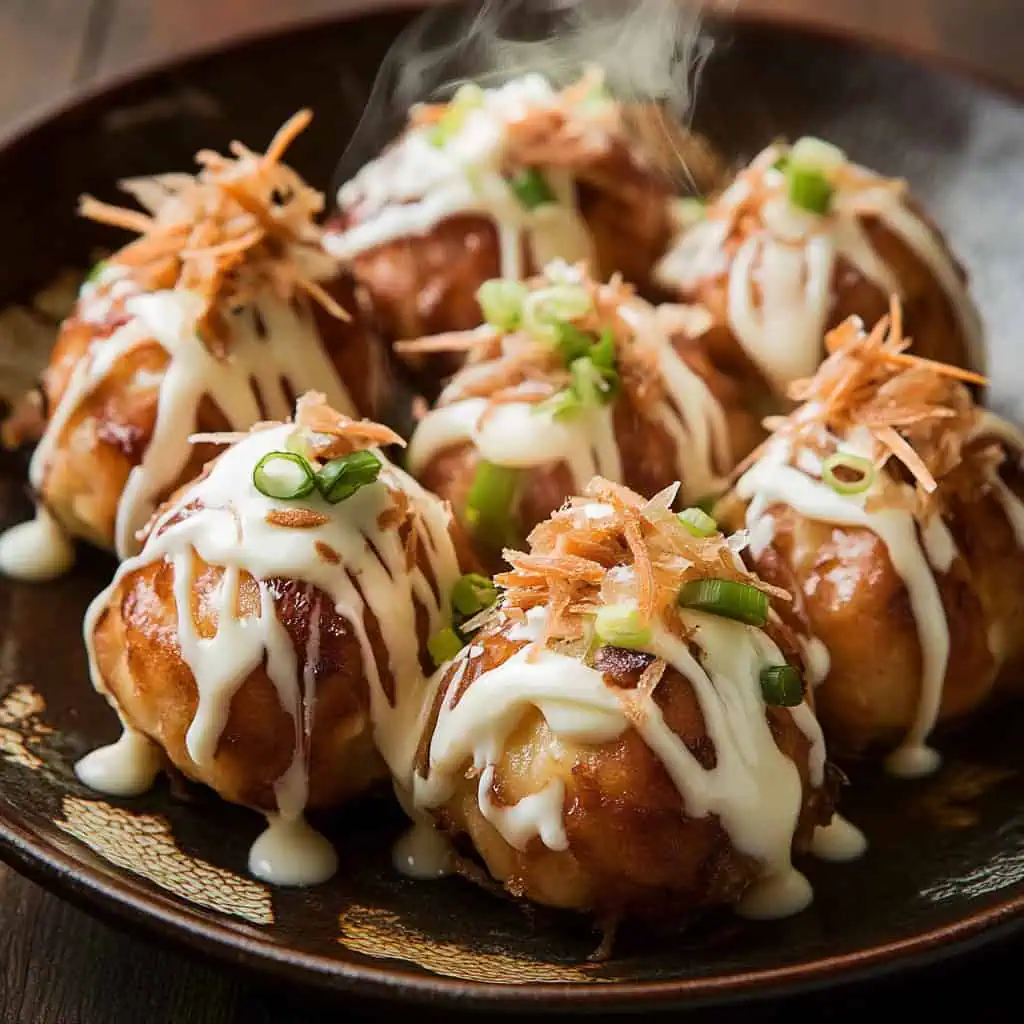

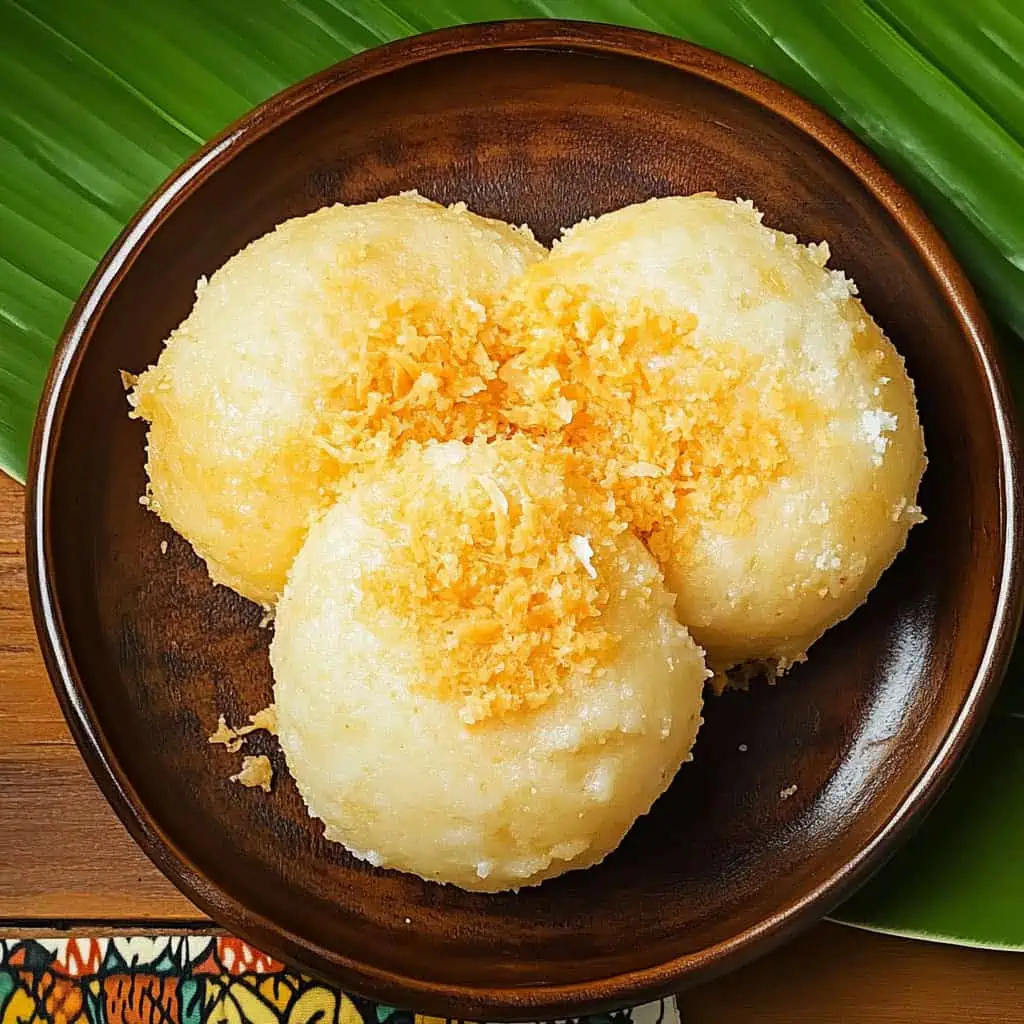
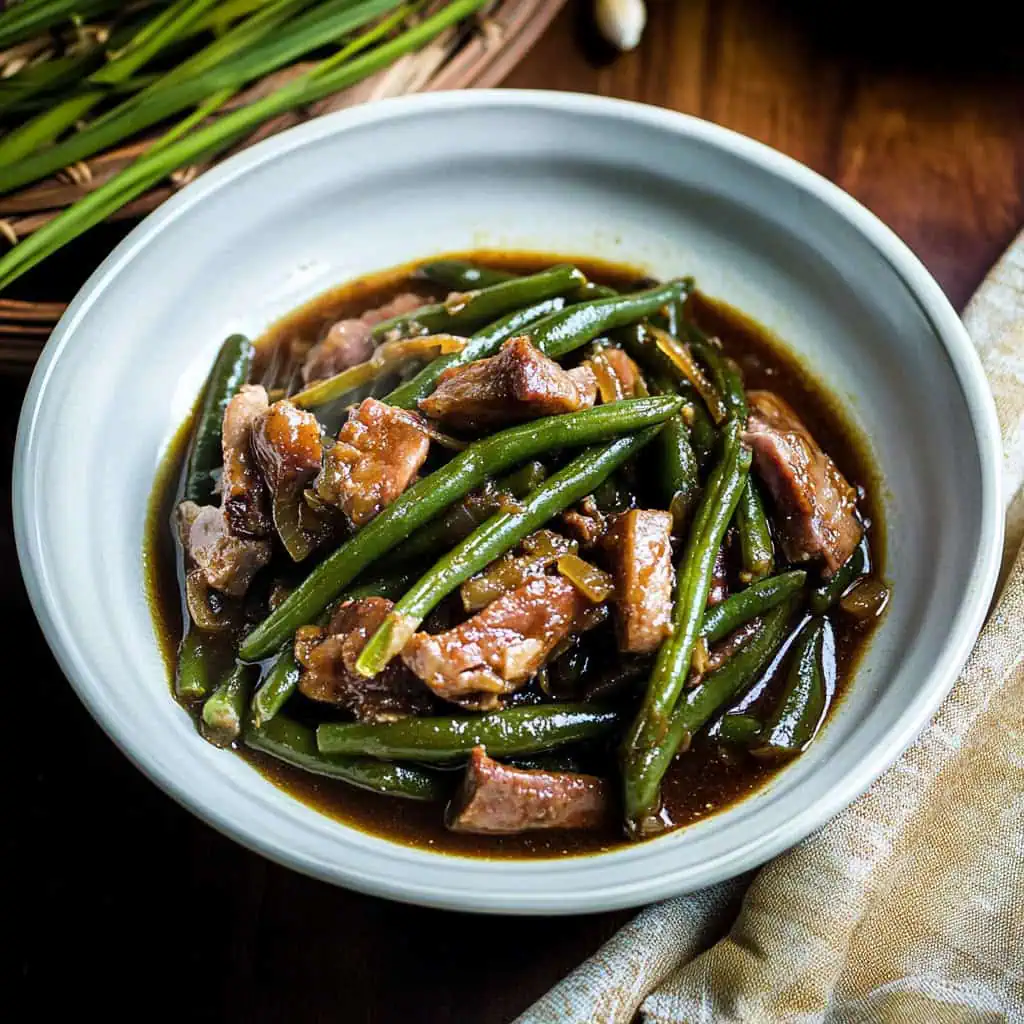

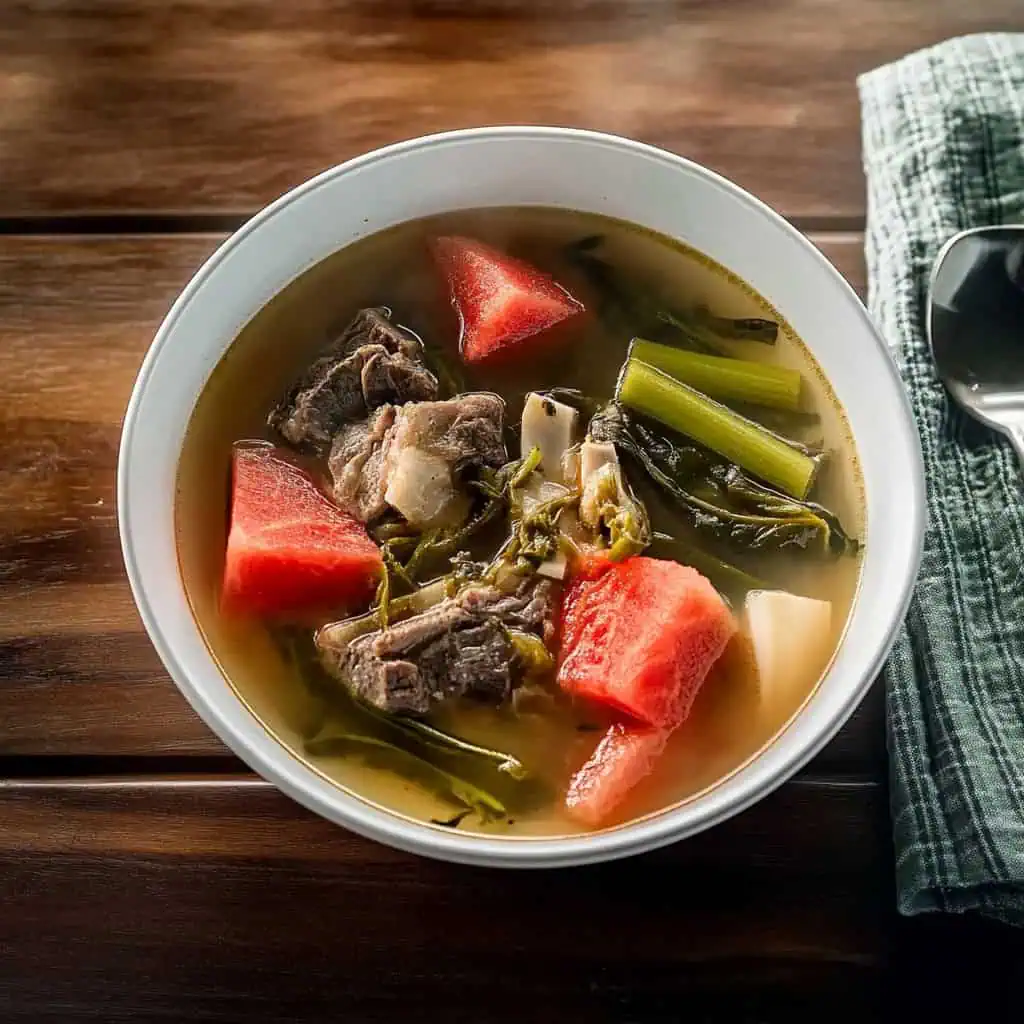


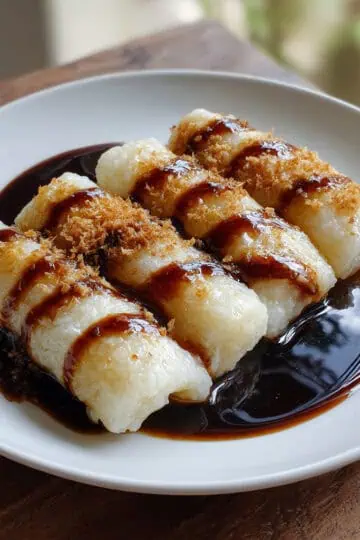
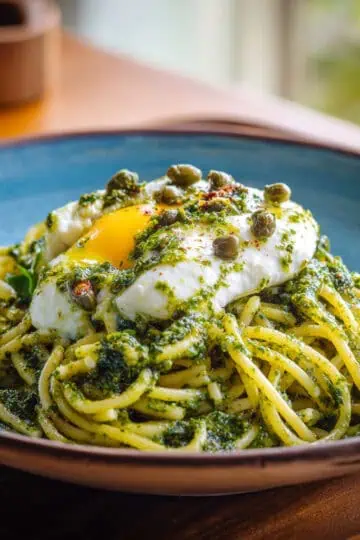
Comments
No Comments